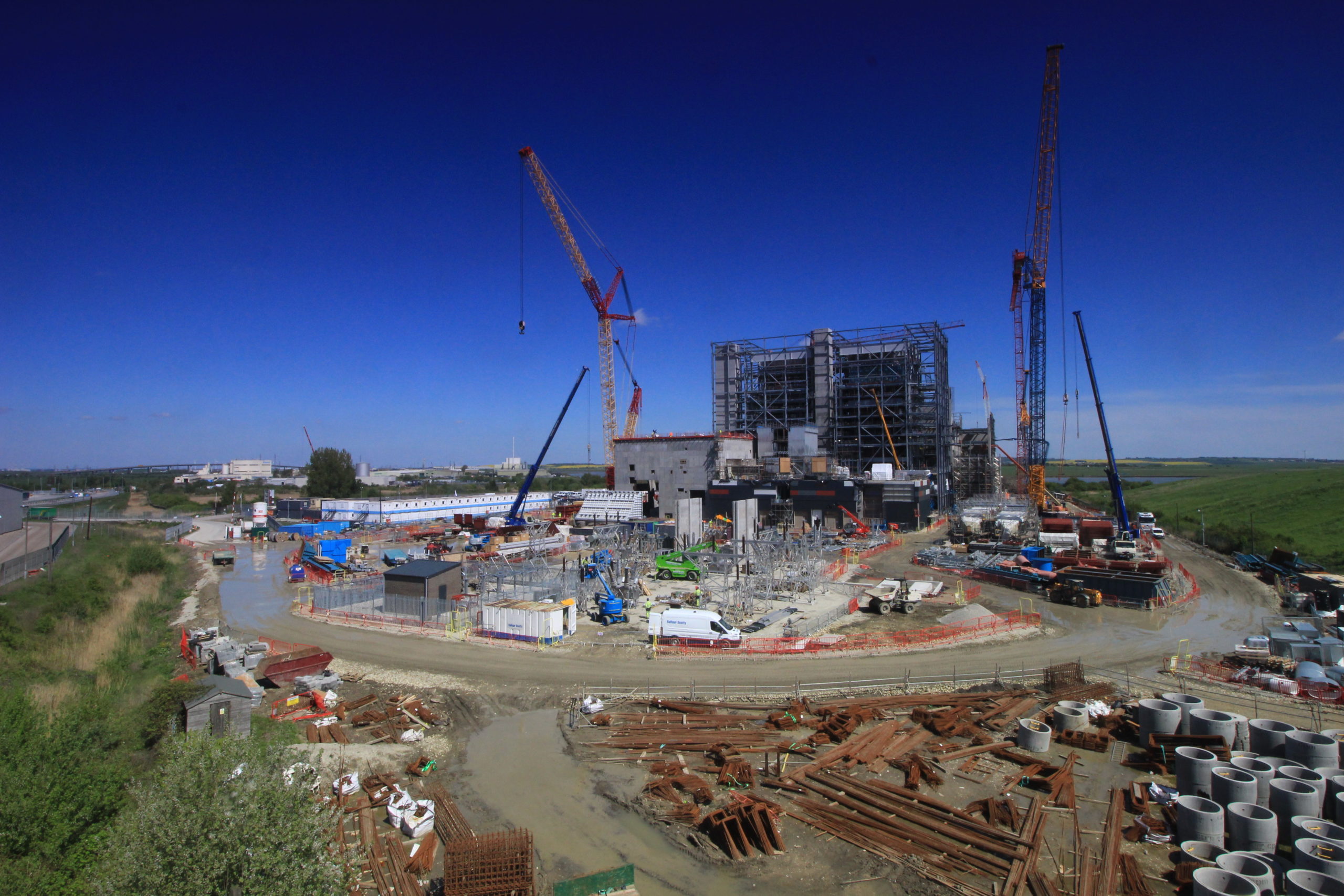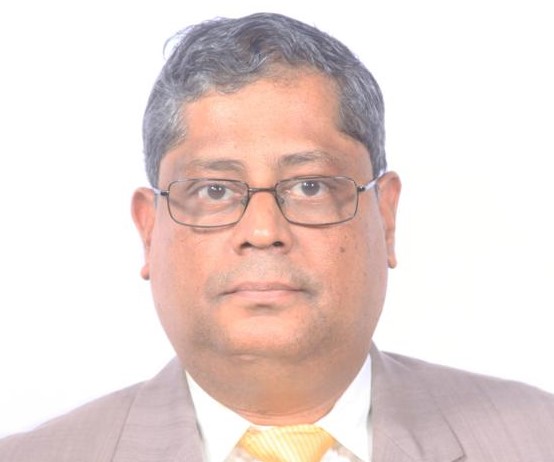
Representational Image. WtE plant in Kemsley, UK
After more than 50 years of strong partnership within European market, CNIM and MARTIN brought their expertise in the energy-from-waste and –biomass business to the Indian market in 2017. Solidwasteindia.com brings an exclusive interview with Mr Ramesh Chivukula, Director and Chief Operating Officer of Chennai-based CNIM Martin Private Limited.
1. CNIM Martin made its entry into the Indian market in 2017. Do you have any WtE project in the pipeline?
Both CNIM S.A (France) and MARTIN Gmbh (Germany) have been working closely since 1965 to develop WtE projects worldwide. For the first time, they have formed a JV entity in Chennai to address specifically the emerging markets in India and S.E. Asia. This entity has been operational since November 2017 and has the unique advantage of exclusive technology transfer for the 3 main components of a WtE plant; ie. Combustion System from MARTIN; Boiler from CNIM and Flue Gas treatment system from LAB S.A, a fully owned subsidiary of CNIM S.A. Over the last two years, we have been industrialising this technology under the Make In India concept. We have been reaching out over the last few months to many potential customers with this unique solution of a European Technology adapted to local conditions and at very competitive price.
Waste should not be treated like a fuel to generate energy; rather we should realize the hazard of accumulation of untreated waste over the decades and look at investment in safe disposal by means of controlled incineration as a necessary social cost. Government support is mandatory to make such plants viable.
Mr Ramesh Chivukula, Director & Chief Operating Officer, CNIM Martin Pvt. Ltd.
2. Huge costs are an impeding factor associated with WtE. How would you like to convince Indian municipalities to invest such large amounts of money in WtE?
A most relevant question indeed. Yes, costs are indeed an impeding factor for a developing country like India. However, we would like to emphasize the following:
a. Indian Municipalities tend to treat WtE plants on the same platform as a Biomass plant, which surely it is not. For the same steaming capacity, the WtE Boiler is almost 2 – 3 times heavier (and hence that much more expensive) as compared to Biomass Boiler and the plant configuration is also more complex.
b. Waste should not be treated like a fuel to generate energy; rather we should realize the hazard of accumulation of untreated waste over the decades and look at investment in safe disposal by means of controlled incineration as a necessary social cost. Government support is mandatory to make such plants viable. In fact in developed countries, most of the plants are built and owned by government authorities.
c. PPP models have not been successful thus far in India and we have seen many developers quitting the scene after burning their fingers due to unrealistic and unsecured business models.
3. The Indian market has huge potential in the WtE sector. Yet, it lags behind a lot of other Asian countries which are far ahead in terms of converting their waste to energy. Why do you think this is happening?

As far as Asia is concerned, this sector has matured only in three countries: China, Japan and Singapore. All these countries enjoy complete support from government authorities to make the plants more viable. Other countries, like India, who treat waste as a mere source of fuel for converting to energy have been struggling to build and operate in a sustainable manner. This is a reason why there should be drastic changes in policy and approach to make this sector more attractive for reputed and proven technology providers like CNIM and MARTIN to invest time and resources to participate actively in developing this sector in India.
4. What are some of the biggest challenges you face in WtE project planning and implementation in India?
As outlined before, the major challenge is the unrealistic business model adopted by potential developers, that often turn into unviable economical figures during execution leaving many projects into an “impasse” or in standby.
On the technical front, there is always a high degree of uncertainty with respect to waste characteristics, unless a detailed study has been conducted by a competent team. This has a direct bearing on the design of the combustion system to ensure proper guarantees and warranties during operation.
Thirdly, developers tend to underestimate the duration that is needed to design and build a WtE plant due to its inherent complexities .
5. Could you please share a few details of the technologies you use in India? Is it very similar to CNIM and Martin’s technologies used in Europe?
Yes, indeed the technology concept is very much the same but has been adapted and tweaked to suit local conditions, particularly with respect to quality of waste (more moisture, more organics and lower calorific value as compared to Europe), local standards and regulations . We have also made some simplification in design to ensure 100 % sourcing within India
6. In Europe, Martin also offers anaerobic digestion plants for biowaste which is also an issue in India. However, these are not mentioned in your company presentation. Why?
Let us be clear. We, here in CNIM MARTIN, do not offer all the technologies that are available with our parent companies. However, we do foresee some applications where Integrated (AD plus WtE) solutions make a good value proposition. We have identified a technology provider with whom we could partner in such cases. We are currently working to conceptualise a model scheme to address this market.

7. A lot of Indian states have feed-in tariffs for WtE plants. In your opinion, how is this model working out? For instance, do businesses like yours find the feed-in tariffs high enough for successful project implementation?
Often the developers would find the business model based purely on a feed tariff (similar to biomass or slightly higher) completely unviable. But coupled with a decent tipping fee, the project may become more viable. Still, some governmental support would be required in the form of viability gap funding, special low interest funding to attract reputed organisations to enter this sector.
8. Given the energy business environment in India, how far do you think it is possible to reach similar standards as Europe, for instance, in regard to emissions, zero gate fee projects etc?
Since we have the European Technology being transferred to India, we would have absolutely no problem to design and build a plant to reach emission standards comparable to Europe. As far as zero gate fee projects are concerned, that would be completely unviable unless compensated for by means of much higher tariff and low cost funding.
This interview is the first in a special series showcasing some of the leading players in India’s solid waste management sector. Watch this space for more in-depth conversations, views and analysis.
Picture Credit: CNIM Groupe



